How to Delete Backup Files in Windows 10?
- Home
- Support
- Tips Data Recovery
- How to Delete Backup Files in Windows 10?
Summary
Many users say that the disk is full after the PC is used for a long time. This is because backup files or data are increasing. Read this article and you will learn about four solutions of deleting backup files in Windows 10.
Content
Reasons of Deleting Backup Files
Reasons of Deleting Backup Files

Easy to use Recover data by 3 steps;
Multiple scan modes Fast partition scan, whole partition scan and whole disk scan;
Supported file types Image, video, audio, text, email and so on;
Image creation Create a partition image to read and back up data;
Supported devices SD card, SDHC, SDXC, USB flash drive, hard disk and computer.
Easy to use Recover data by 3 steps;
Multiple scan modes Fast partition/whole partition/whole disk scan;
Supported devices SD card/USB/hard disk.
Free TrialFree TrialFree Trial 800 people have downloaded!How to Delete Backup Files in Windows 10
Solution 1: Delete Backup Files via File History
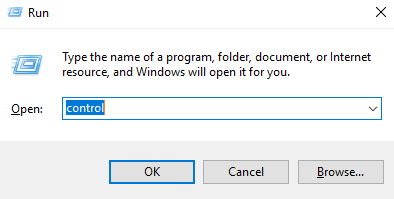



Solution 2: Delete Backup Files Using Command Prompt
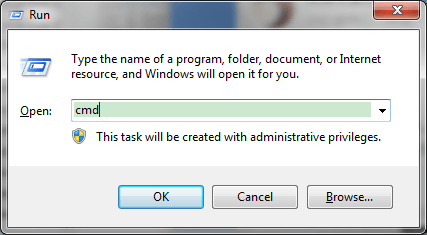
- More than 1 month: FhManagew.exe -cleanup 30
- More than 3 months: FhManagew.exe -cleanup 90
- More than 6 months: FhManagew.exe -cleanup 180
- More than 1 year (default option): FhManagew.exe -cleanup 365

Solution 3: Delete System Image Backup by Managing Windows Backup Disk Space




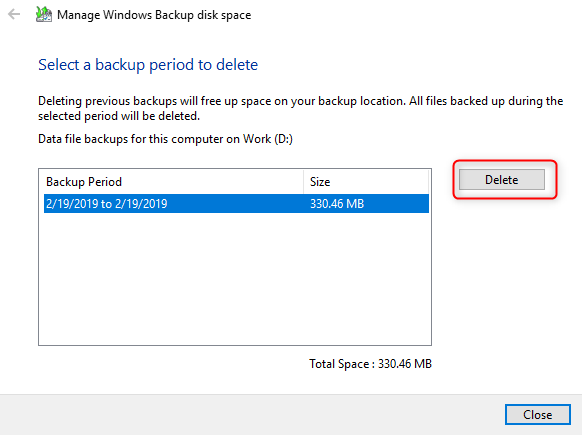
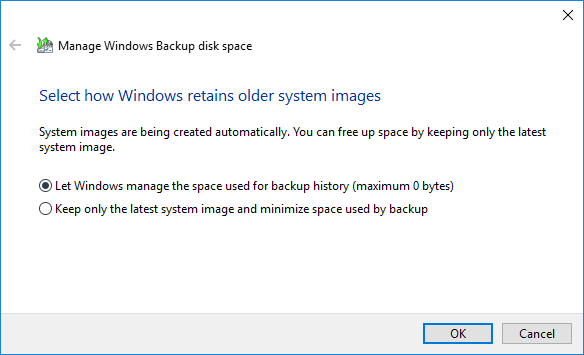
Solution 4: Remove the System Backup Folder Windows.old by Disk Cleanup


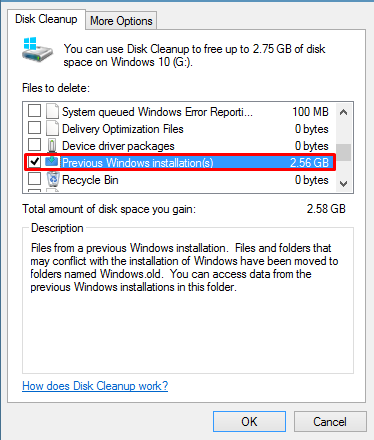
How to Recover Accidentally Deleted Files
Step 1: Launch Renee Undeleter and select “Fast Partition Scan” function.
This function supports to recover deleted files due to emptied recycle bin or Shift + Del.
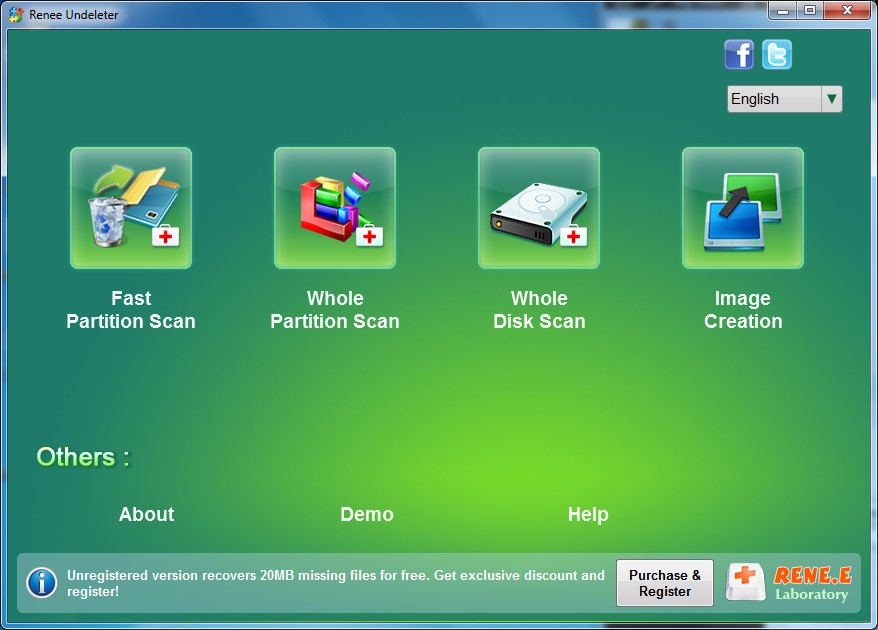
Step 2: Choose the partition where you save the deleted files to scan.

Step 3: Select “Fast Scan” and click “Next” to process the scan.
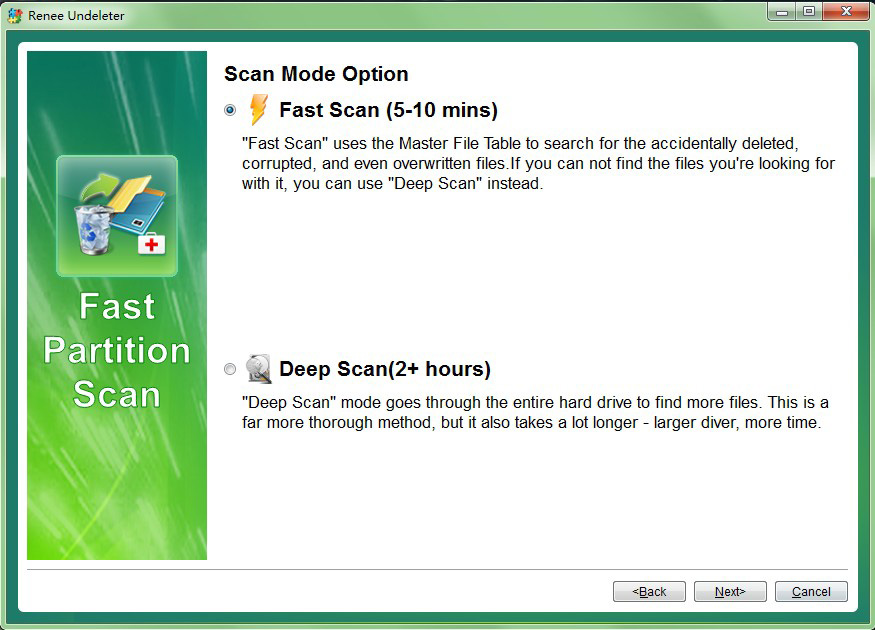
Step 4: Preview files in the scan result to check the quality when scan is processing.
Relate Links :
How to Defrag a Hard Drive to Speed up Windows 10?
29-07-2019
John Weaver : When the PC is used for a long time, files on your hard drive may get fragmented. If...
How to Recover Files Deleted from Recycle Bin on Windows?
30-07-2019
Ashley S. Miller : Many users may have carelessly deleted some important files and emptied the Recycle Bin. But most of users...






